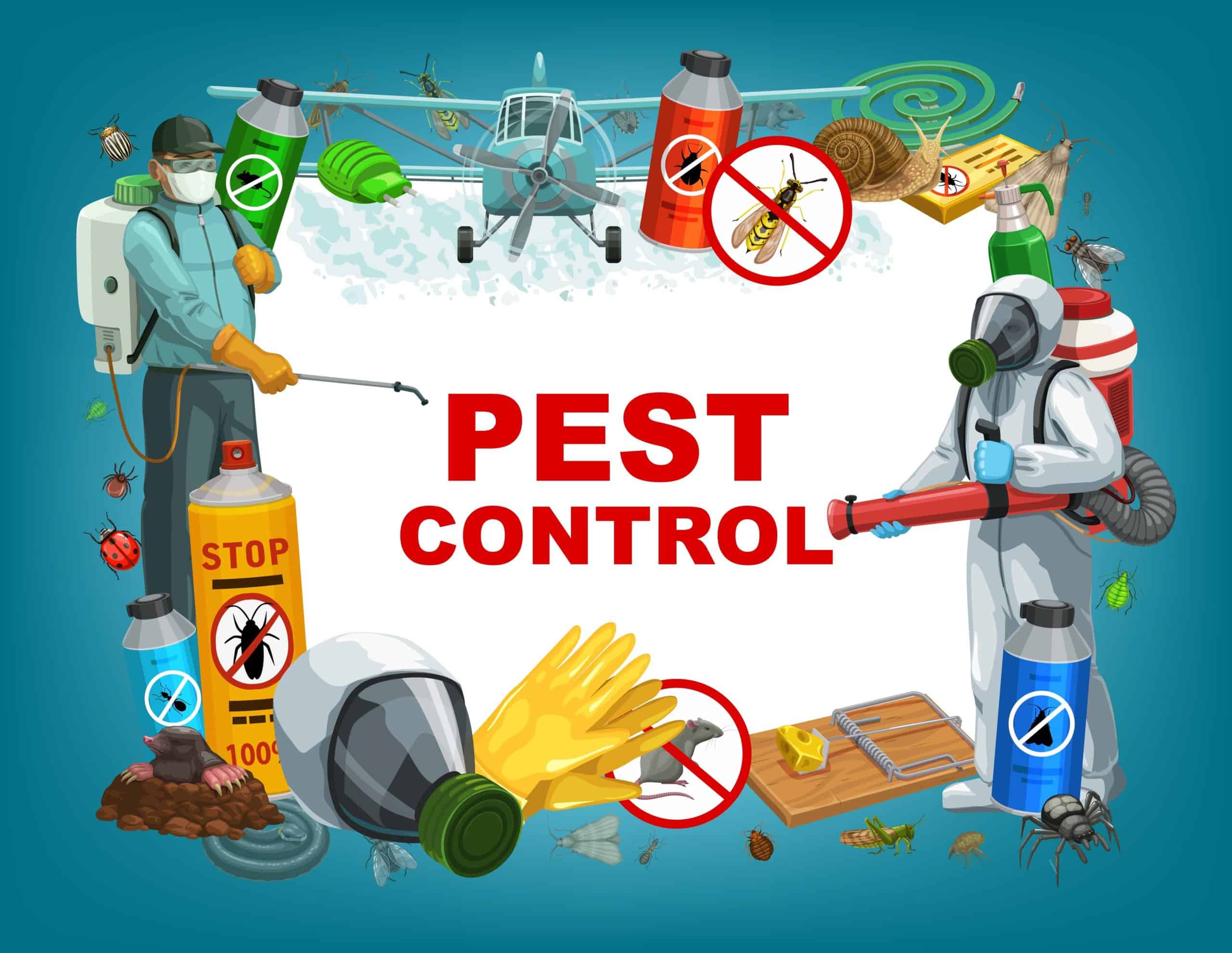A1 Charlotte Pest Control Companies - Your Regional Pest Specialists
A1 Charlotte Pest Control Companies - Your Regional Pest Specialists
Blog Article
Bed Insect Treatment Breakdown: Contrasting Chemical Vs. Non-Chemical Solutions
In the realm of bug control, especially when dealing with the consistent issue of bed pests, the selection between chemical and non-chemical therapy services can be a critical one. Both methods provide distinctive advantages and disadvantages, affecting aspects such as effectiveness, safety and security factors to consider, and general expense. By analyzing the nuanced details of each method, a clearer understanding of which path to go after in addressing a bed insect infestation can be acquired.
Performance of Chemical Therapies
Chemical therapies for bed bug problems have been commonly identified for their powerful and fast efficacy in eradicating these insects. When considering the efficiency of chemical treatments, it is critical to recognize that they can supply a extensive and quick remedy to a bed pest trouble.
In addition, chemical treatments have the advantage of providing residual results, meaning that they can remain to remove bed insects even after the initial application. This recurring action is particularly helpful in combating any potential re-infestations. Additionally, the rapid action of chemical therapies can bring relief to individuals facing serious bed insect problems, allowing them to gain back control of their living areas rapidly.
Security Interest In Chemical Solutions
When utilizing chemical remedies for bed bug therapy is making certain the security of residents and the atmosphere,One essential element that needs mindful factor to consider. While chemical therapies can be reliable in getting rid of bed insects, they might pose dangers if not taken care of appropriately. Among the primary safety interest in chemical options is the possible injury they can create to human wellness. Direct exposure to specific chemicals used in bed pest therapies can cause breathing issues, skin inflammation, or various other unfavorable responses, especially in people with pre-existing conditions or sensitivities. Furthermore, incorrect application or dosage of chemical pesticides can result in poisonous residues sticking around in the treated location, positioning long-lasting health and wellness threats to residents.
Additionally, the environmental impact of chemical services is another considerable factor to consider. Some chemicals utilized in bed bug treatments may be damaging to helpful insects, wild animals, and communities if they leach into the dirt or water supply. It is vital to utilize chemical treatments carefully, following safety guidelines, and considering less poisonous options to mitigate these risks and make sure the effective and secure monitoring of bed bug infestations.
Advantages of Non-Chemical Approaches
Thinking about the possible safety and security issues and ecological effect connected with chemical services for bed pest therapy, exploring non-chemical methods provides an encouraging alternative with a number of distinctive benefits. Non-chemical techniques supply a much safer option for houses, especially those with family pets, individuals, or youngsters sensitive to severe chemicals. These strategies get rid of the threats of direct exposure to poisonous substances, minimizing the possibility for damaging health impacts. Moreover, non-chemical therapies are eco-friendly, as they do not add to air or water pollution, making them a sustainable choice for bug control.
Additionally, non-chemical services can be efficient in targeting bed bugs, including hard-to-reach areas where chemical therapies might not permeate - A1 bed bug exterminator charlotte. Approaches such as warm therapy, vacuuming, steam cleaning, and cushion encasements supply complete elimination without the use of dangerous chemicals.
Limitations of Non-Chemical Treatments

Additionally, non-chemical treatments usually require numerous applications to achieve effective obliteration. This can be taxing and might not always assure total elimination of all bed insects and their eggs, especially A1 charlotte bed bug exterminator in hard-to-reach or covert places.
Additionally, the success of non-chemical treatments greatly depends on proper implementation and thoroughness, which can be testing for individuals without specialist competence. Inadequate application of non-chemical techniques might cause insufficient removal, causing consistent infestations and the demand for additional therapies.
For that reason, while non-chemical therapies have their benefits, it is vital to acknowledge these restrictions and consider them when determining one of the most effective technique for taking care of bed bug infestations.
Price Comparison: Chemical Vs. Non-Chemical Options
Provided the constraints connected with non-chemical therapies, an important element to examine in the context of bed insect monitoring is the price contrast in between chemical and non-chemical alternatives. Chemical therapies normally involve the application of pesticides by specialists, which can vary from $250 to $900 per area, depending on the intensity of the invasion and the size of the location to be treated. On the other hand, non-chemical therapies like warm therapy or vapor can be a lot more expensive, with costs ranging from $1,000 to $6,000 for a whole home. While the initial cost of chemical treatments might appear lower, numerous therapies might be required to fully eliminate the invasion, possibly raising the total price. On the other hand, non-chemical options might supply an extra environmentally friendly and lasting solution, although they can be cost-prohibitive for some people. Eventually, when taking into consideration the price of bed bug therapy alternatives, it is essential to weigh the in advance expenses versus the performance and long-lasting sustainability of the selected approach.
Final Thought

Taking into consideration the potential safety issues and environmental impact connected with chemical solutions for bed bug treatment, exploring non-chemical techniques offers an encouraging choice with a number of unique advantages.Provided the limitations associated with non-chemical therapies, an important facet to review in the context of bed pest administration is the price comparison in between chemical and non-chemical options. In contrast, non-chemical therapies like heat therapy or vapor can be more pricey, with costs varying from $1,000 to $6,000 for an entire home. While the preliminary price of chemical therapies may seem lower, multiple treatments may be needed to completely get rid of the infestation, possibly enhancing the general cost.In final thought, when contrasting chemical and non-chemical bed bug treatment choices, it is essential to take into consideration effectiveness, safety, benefits, restrictions, and expense.
Report this page